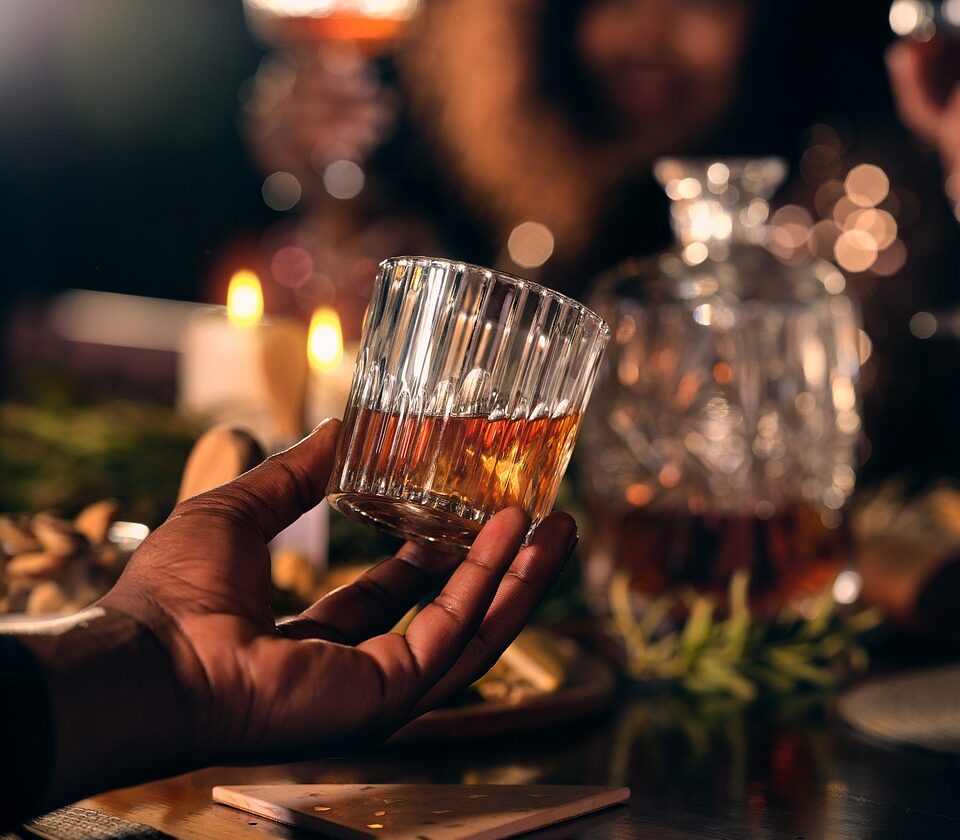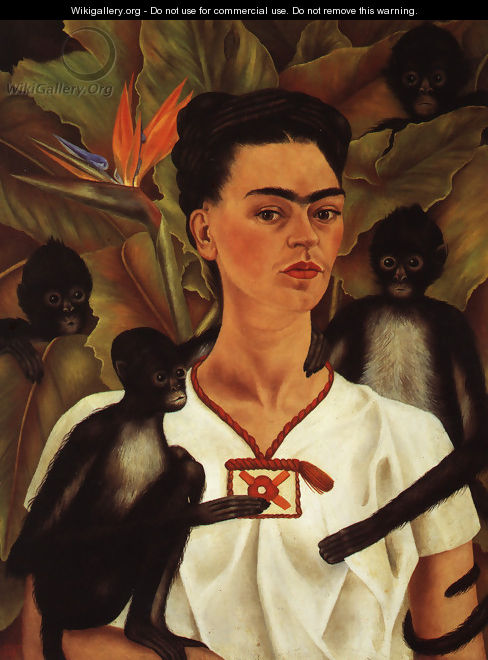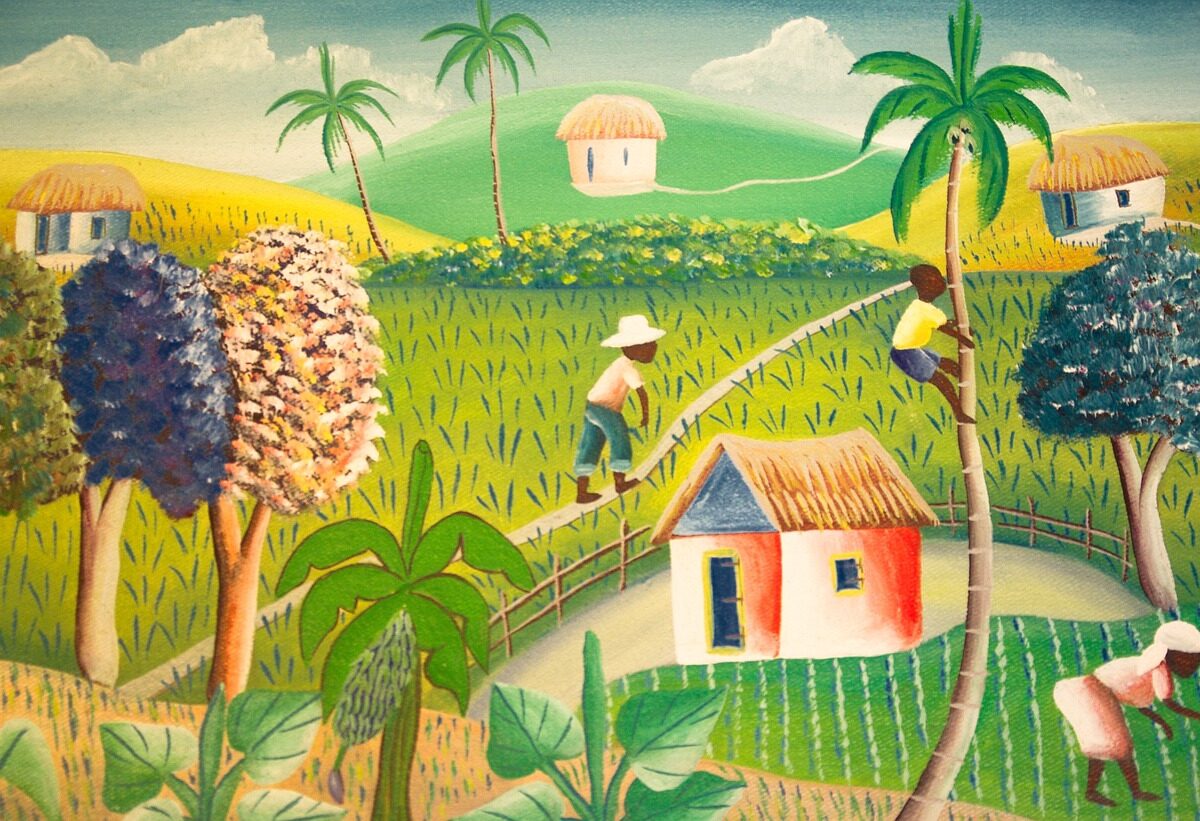PBS is once again featuring Frida Kahlo in a new three part documentary series, airing now that seeks to to strip away the myths to reveal the true person behind the international sensation. While watching “Becoming Frida Kahlo” what really struck me is that although the Mexican artist had chronic, severe illness that impacted her life and of course, her art, those disabilities have never been part of how society has viewed her or defined her.
Perhaps, it is because I have come to terms with my own autoimmune disorder and debilitating fibromyalgia but for the first time, I saw this icon from a different lens. We are all familiar with Frida’s vibrant flamboyancy, her disregard for social norms, her fierceness, even her trauma, her painful relationship with her husband and her body, ruptured in a horrific vehicular accident.
What comes to mind less often is that she was born with a congenital anomaly: spina bifida, i.e. nonfusion of the laminae of the spinal arches, in 1907. She had poliomyelitis as a child, then spine and pelvis injury, a broken leg and foot and suffered from neuropathic pain for most of her adult life. She often had to endure medical (made of steel, sometimes plaster) corsets, incredibly constraining and uncomfortable and multiple surgeries. She suffered tragic miscarriages, and ultimately had her leg amputated. And yet, we see her, her identity, uncompromising, as full of life, as a Mexican, a woman, an artist and painter. We know of her suffering and how it influences her art but we do not define her by it.
What an extraordinary revelation and inspiration.






